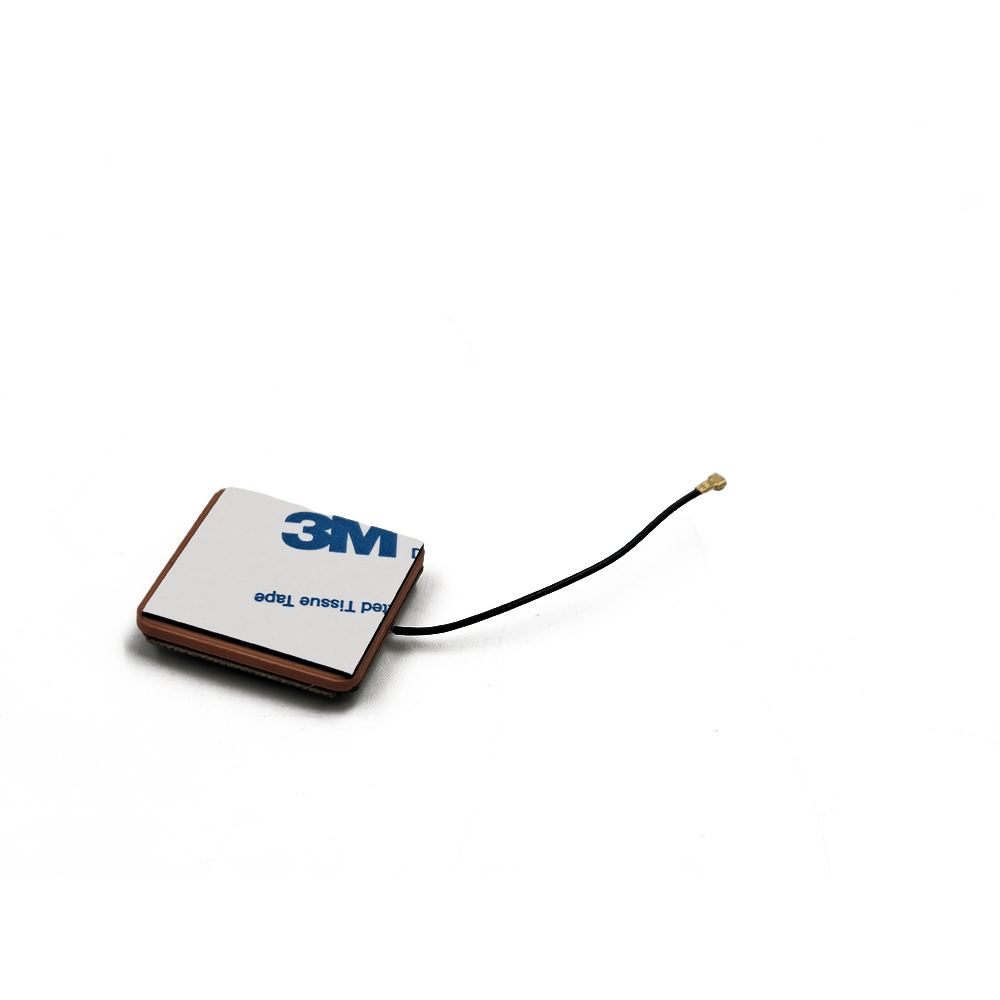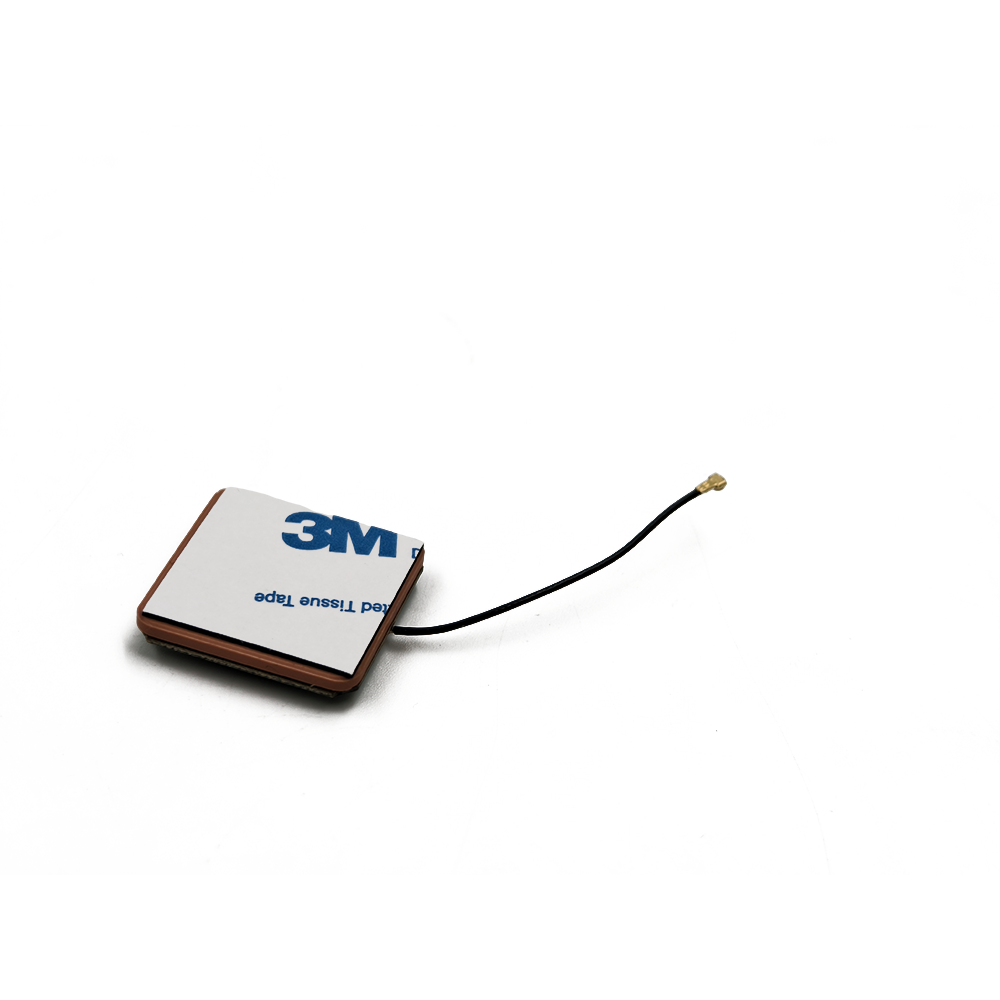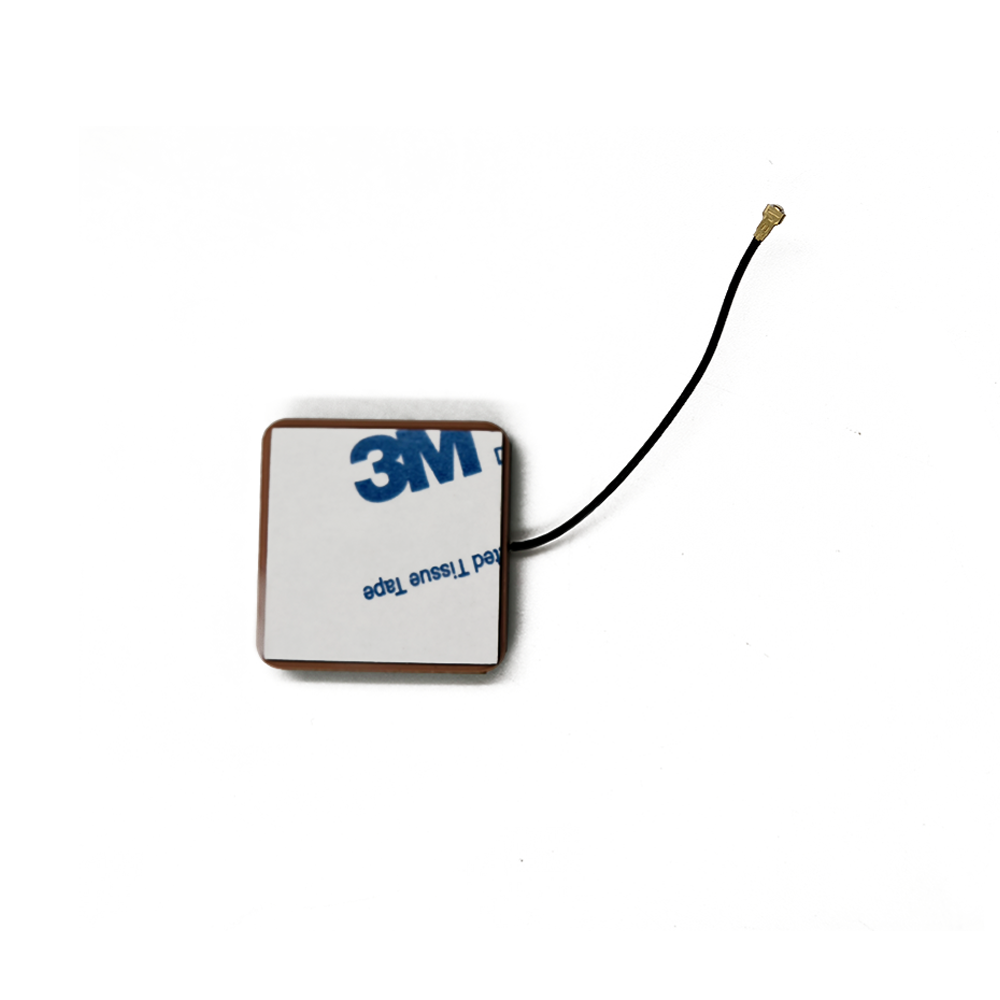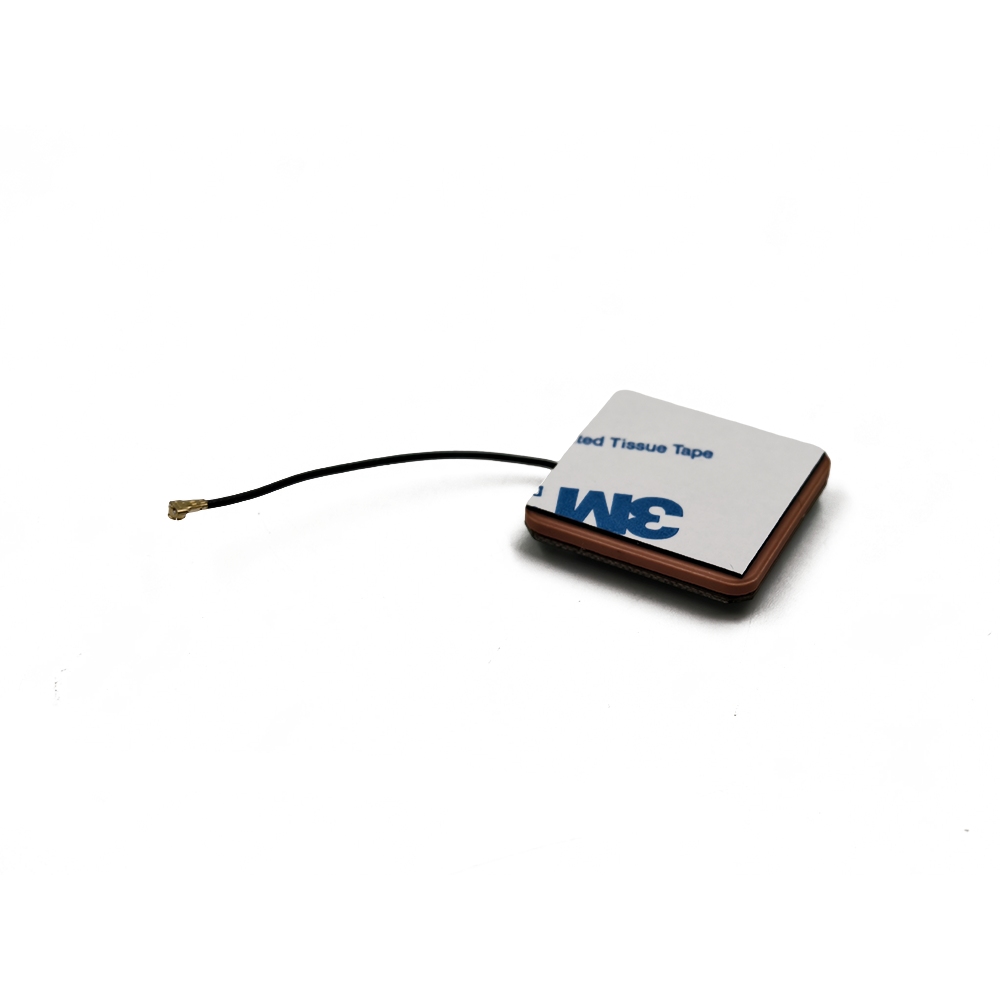5.1 Applications
5.1.1 Surveying and Mapping
In land surveying, RTK ceramic patch antennas are used to accurately measure land boundaries, elevation levels, and topographical features. The centimeter - level accuracy provided by these antennas ensures that property lines are precisely defined, and construction projects are based on accurate survey data. In hydrographic surveying, which involves mapping underwater terrain, RTK - enabled antennas are used to precisely locate the survey vessel, allowing for accurate mapping of the seabed.
5.1.2 Agriculture
In precision agriculture, RTK ceramic patch antennas are used in tractors and other agricultural equipment. The accurate positioning provided by these antennas enables farmers to precisely apply fertilizers, pesticides, and seeds. This not only reduces waste but also increases crop yields. For example, a tractor equipped with an RTK - enabled antenna can be programmed to apply different amounts of fertilizer based on the specific nutrient requirements of different parts of the field.
5.1.3 Autonomous Vehicles
Autonomous vehicles rely on highly accurate positioning to navigate safely. RTK ceramic patch antennas, combined with other sensors such as lidar and cameras, provide the necessary positioning accuracy for autonomous vehicles to operate. The ability to receive signals from multiple GNSS constellations ensures that the vehicle can maintain accurate positioning even in challenging environments, such as when driving through tunnels or in areas with tall buildings.
5.1.4 Drone Applications
Drones are increasingly being used for various applications, including aerial photography, mapping, and inspection. RTK ceramic patch antennas allow drones to precisely locate themselves in the air, which is essential for tasks such as creating accurate 3D maps or inspecting infrastructure. For example, in a drone - based inspection of power lines, the accurate positioning provided by the RTK antenna ensures that the drone can fly close to the power lines and capture high - quality images for inspection.
5.2 Future Trends
5.2.1 Integration with Other Technologies
In the future, RTK ceramic patch antennas are likely to be more closely integrated with other emerging technologies. For example, there will be increased integration with 5G communication technology. The high - speed and low - latency communication capabilities of 5G can be used to transmit RTK correction data more efficiently, further improving the positioning accuracy. Additionally, integration with artificial intelligence (AI) and machine learning (ML) algorithms is expected. AI and ML can be used to process the large amounts of GNSS data received by the antenna more effectively, improving signal processing and reducing multi - path interference.
5.2.2 Miniaturization and Cost Reduction
As technology advances, there will be a continued trend towards miniaturization of RTK ceramic patch antennas. This will enable their integration into even smaller devices, such as smartwatches and other wearable devices. At the same time, cost - reduction efforts are likely to make these antennas more accessible to a wider range of applications. New manufacturing techniques and the use of more cost - effective materials may contribute to this cost reduction.
5.2.3 Expansion of GNSS Constellations
New GNSS constellations are being developed, and existing constellations are being expanded. RTK ceramic patch antennas will need to be designed to be compatible with these new and expanded constellations. This will further increase the number of available satellites for positioning, leading to even higher accuracy and reliability. For example, as more satellites are added to the Galileo constellation, RTK antennas will be updated to take full advantage of the additional signals.
5.2.4 Improved Signal Processing
Research is ongoing to develop better signal processing techniques for RTK ceramic patch antennas. These techniques will focus on further reducing multi - path interference, improving the reception of weak signals, and enhancing the overall performance of the antenna in challenging environments. For example, new algorithms may be developed to more accurately separate direct and reflected GNSS signals, reducing the impact of multi - path on positioning accuracy.
Conclusion
RTK ceramic patch antennas have become an indispensable component in the field of multi - system GNSS reception. Their ability to provide high - precision positioning, combined with a compact and environmentally resistant design, has made them suitable for a wide range of applications. The working principles of these antennas, including GNSS signal reception, circular polarization, and the RTK technique, are well - understood and form the basis for their high - performance operation.
Despite the challenges such as multi - path interference, signal blockage, cost, and design complexity, continuous research and development efforts are being made to overcome these obstacles. The applications of RTK ceramic patch antennas span across various industries, including surveying, agriculture, autonomous vehicles, and drone technology, and are expected to expand further in the future.
Looking ahead, future trends such as integration with other technologies, miniaturization, cost reduction, compatibility with expanded GNSS constellations, and improved signal processing hold great promise for the continued evolution of RTK ceramic patch antennas. As these trends materialize, RTK ceramic patch antennas will play an even more significant role in enabling highly accurate and reliable positioning solutions in an increasingly connected and technology - driven world.




































































 Language
Language
 En
En Cn
Cn Korean
Korean

 Home >
Home > 








 18665803017 (Macro)
18665803017 (Macro)













